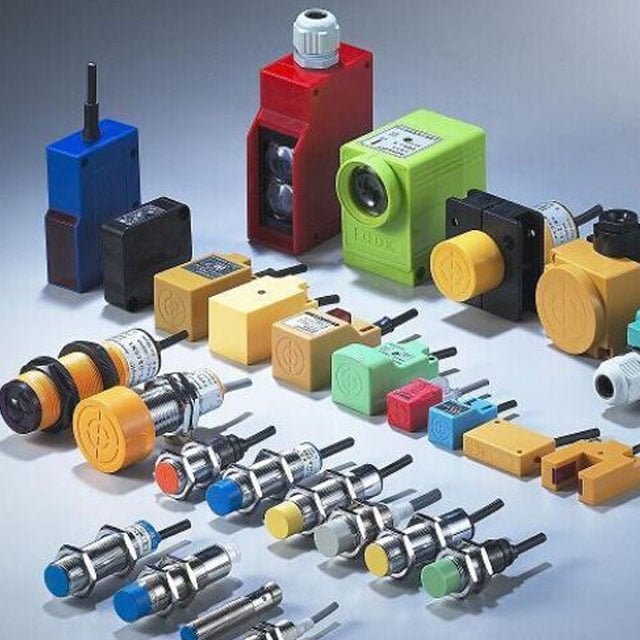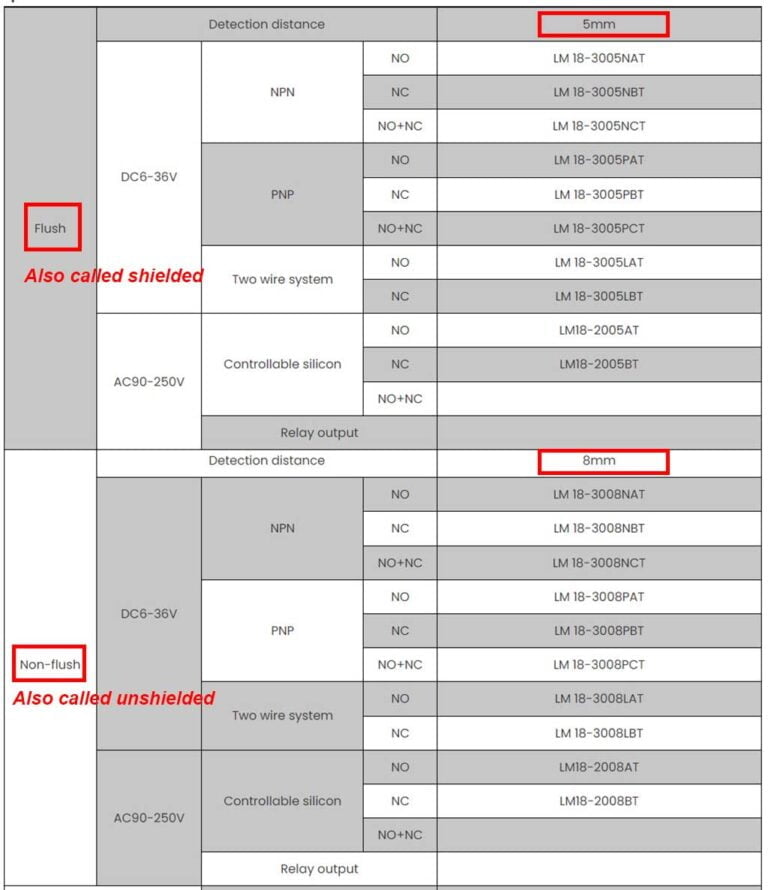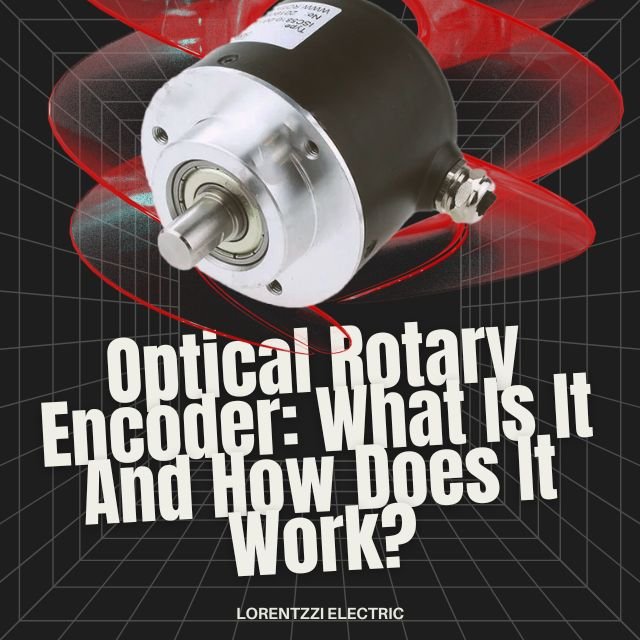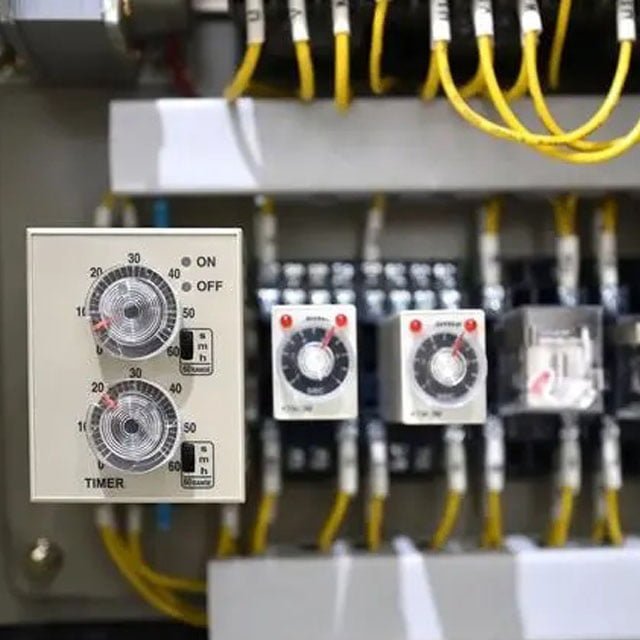Existen 3 diferencias entre un sensor de proximidad blindado(también conocido como sensor de descarga) y sensor de proximidad no apantallado(también llamado sensor de proximidad no enrasado), ¿qué son? Veámoslos en las siguientes partes de este artículo.
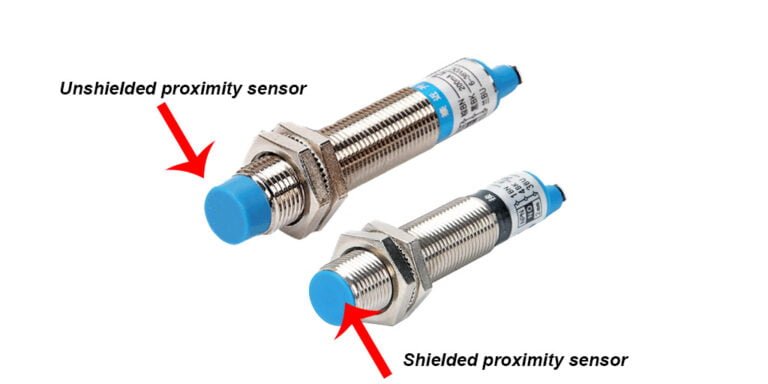
Diferencia de longitud del cabezal del sensor PBT
El material de la cabeza del sensor de proximidad es PBT (tereftalato de polibutileno). El material PBT tiene muchas ventajas, como su gran resistencia y que no es inflamable, entre otras. El cabezal PBT de nuestro sensores de proximidad es de color azul, algunos fabricantes de sensores de proximidad podrían utilizar naranja(Autonics) o verde (Pepperl+Fuchs). Al juntar sensores de proximidad blindados y no blindados del mismo modelo, podemos ver claramente que la cabeza del sensor de proximidad no blindado es más larga que la del blindado. Generalmente, la diferencia de longitud de la cabeza será de 4,5-12mm.
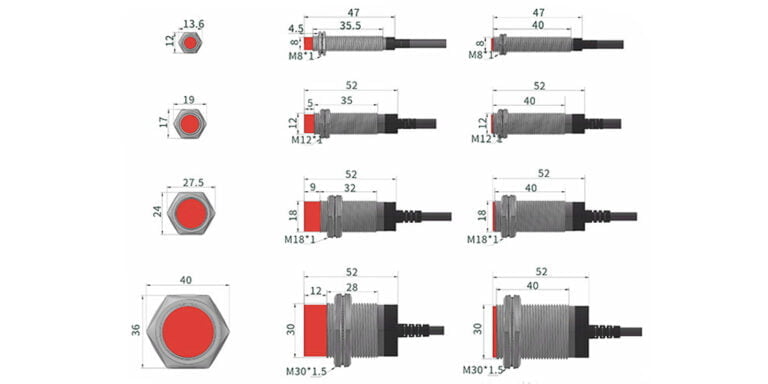
Diferencia de distancias de detección entre un sensor de proximidad apantallado y uno sin apantallar
Desde el punto de vista de la distancia de detección, la distancia de detección del sensor de proximidad no apantallado es mayor que la del apantallado.
Por ejemplo, un Detector de proximidad inductivo con carcasa de latón niquelado M18 es de sólo 0-5 mm. Mientras que una distancia de detección igual sin apantallar será de 0-8,0 mm. ¿Por qué? Como la cabeza del sensor sin blindaje está fuera de su carcasa, su campo magnético es mayor y más fuerte.
Así, cuando se acerca un objeto metálico, puede detectarlo a gran distancia. Debido a que la cabeza de un sensor de blindaje está enterrada en la carcasa, su campo magnético está débilmente bloqueado por la carcasa.
Recursos de https://lorentzzi.com/products/proximity-sensor/inductive-proximity-sensor/lm18-18mm-diameter-inductive-proximity-sensor/
Métodos de instalación diferencia entre un sensor de proximidad apantallado y no apantallado
El método de instalación difiere entre los dos tipos de sensores.
Cuando se instala un sensor de proximidad apantallado, la superficie de detección del sensor puede estar enrasada con la superficie de instalación. Como ya se ha mencionado, la emisión de campo magnético se limita a la cabeza del cilindro, sin que se genere campo magnético en el lado del cilindro. Este método de instalación ofrece la ventaja de evitar daños causados por colisiones con el objeto detectado.
En el caso de los detectores de proximidad no apantallados, la cabeza del detector debe quedar expuesta más allá de la superficie de instalación, ya que su lado también puede emitir un campo magnético. En esta zona, el campo magnético es crucial para garantizar el buen funcionamiento del circuito. Aunque este sensor proporciona una mayor distancia de detección en comparación con el sensor de proximidad apantallado, existe el riesgo de que se produzcan daños debido a que el objeto inercia cuando se acerca al sensor.
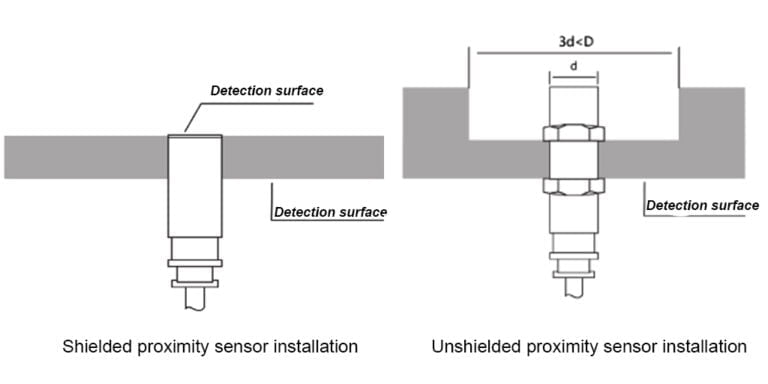
Consejos para instalar más de 2 detectores de proximidad
Además, es importante tener en cuenta que cuando se instalan varios sensores de proximidad uno al lado del otro, debe mantenerse una separación suficiente para evitar interferencias mutuas entre los sensores y evitar interferencia magnética.
En el caso de los detectores de proximidad blindados, la separación debe ser igual o superior al doble de su diámetro.
Para los detectores de proximidad no apantallados, la distancia entre dos detectores debe ser igual o superior a tres veces su diámetro. Los sensores de proximidad inductivos solo pueden detectar sustancias metálicas,
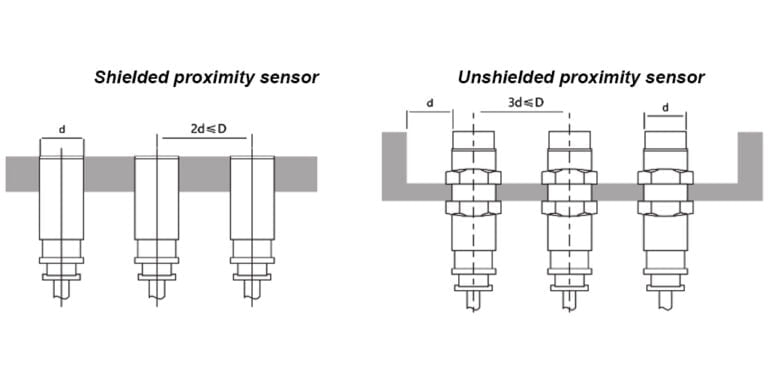
Conclusión
Aquí arriba las 3 diferencias entre un sensor de proximidad blindado y no blindado. Ahora, conociendo estas diferencias, podemos elegir el sensor de proximidad adecuado en consecuencia. Si todavía tiene preguntas, por favor déjenos un comentario a continuación, le proporcionaremos una respuesta profesional dentro de las 24 horas.

